No, Australia never lost the ‘Great Emu War’ of 1932
- By Alex Hollings
Share This Article
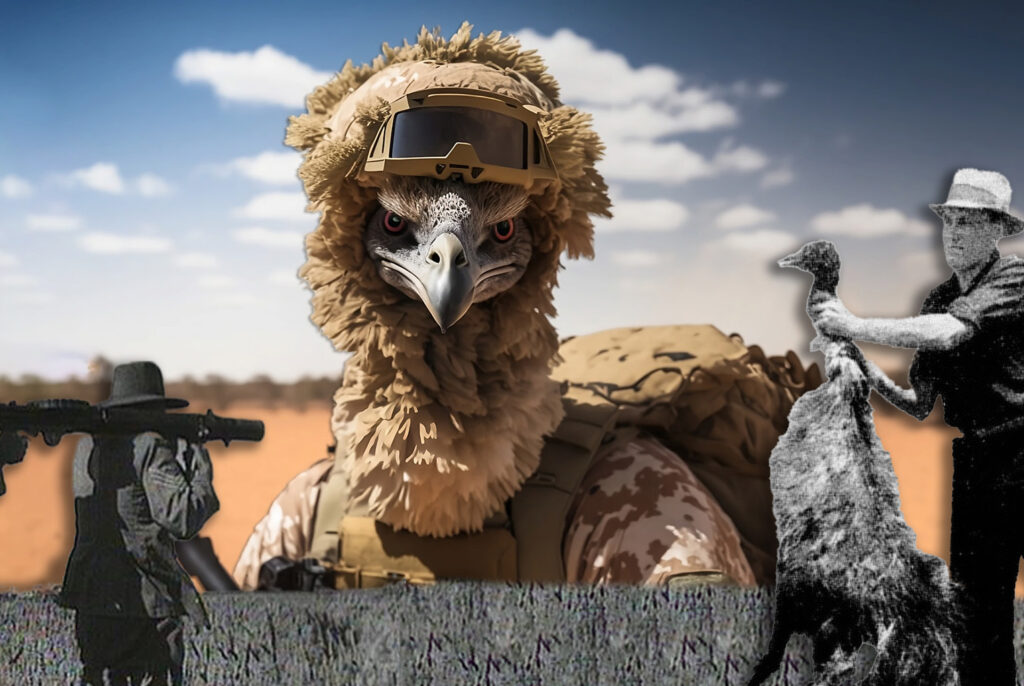
Online content needs to grab your attention to be profitable, and as such, entire economies have sprouted up around the “hot take,” wherein creators defy common consensus or seemingly reasonable expectations to secure a tight grip on the audience’s attention. This model was perhaps best exemplified by websites like Cracked in the early 2000s as they went out of their way to counter the pervasive narratives of the generation that came before, bringing pseudo-historical and overly-simplistic takes to the mainstream like the pretty silly idea that the Soviet Union won World War II largely on its own.
America’s involvement in securing victory in World War II (which included things like the Lend-Lease Act that equipped the Soviet Union to fight) is certainly not the only event to be robbed of its historical context and nuance in favor of a more viral narrative. After all, just last year we saw news outlets all over the world report on the U.S. Air Force’s “rogue AI” that allegedly killed its operators when they got in the way of completing its mission, despite that the entire story came from a single source with no evidence, and actually turned out to be a “hypothetical thought exercise.”
But when it comes to the meme-ification of military stories, there’s one that reigns silliest of all: The time Australia lost the Great Emu War of 1932.
So, let’s finally set the record straight on what really went down between the government of Australia and these living dinosaurs. Because, and you likely won’t be surprised to learn, the Great Emu War memes have really missed the mark… And in the big picture, Australia definitely won the war.
Australia was in trouble after World War I
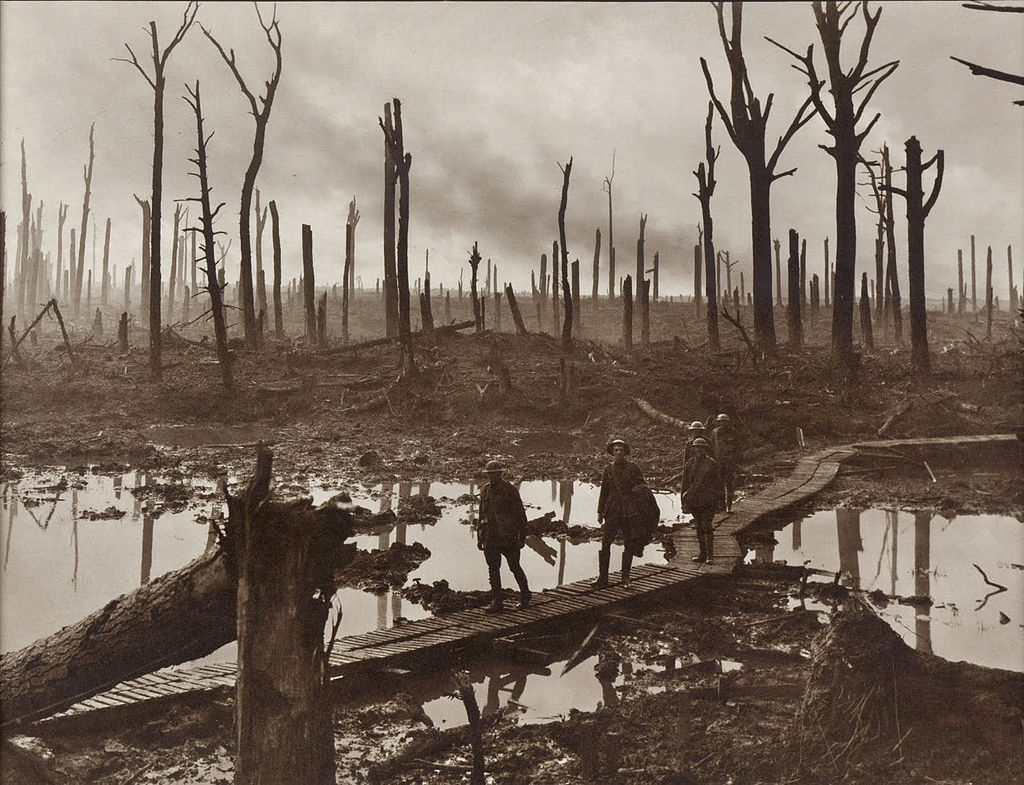
As World War I came to a close, Australia faced a slew of massive challenges. The first was finding a way to get its boys home. With roughly 150,000 troops stuck waiting for spaces on ships amid a global shipping shortage, many were stuck waiting months after the war ended in Britain and the Middle East before finally starting the voyage. The Great War, as it was known, officially ended on November 11, 1918… But the last transport packed full of Aussie troops didn’t make it back Down Under until September of the following year.
But the challenges didn’t end when these brave troops finally made it back to their home soil… Because now, Australia needed to find something to do with its new population of roughly 264,000 war-hardened veterans, as well as the 20,000 wives, fiances, and children these troops had accumulated along the way. With a national population of only around five million people at the time, the challenges of veteran re-integration spread throughout every aspect of Australian culture, as the country mourned its 60,000 dead and attempted to meet the medical and support needs of 156,000 troops that had been wounded, gassed, or taken prisoner during the war.
Nearly 40 percent of Australian men aged 18 and 44 had enlisted to fight, and as a result, many communities were left almost entirely bereft of working-aged men at a time when cultural norms saw them as a family’s breadwinner. Widows and women married to permanently disabled veterans entered the workforce to make ends meet, which created tensions with backward-looking traditionalists. While some women had no hope of finding a spouse in their communities, others saw the opportunity to escape bad situations amid the shifting post-war culture, and nationwide, divorce rates doubled.
Related: The Lethality System Project takes the Australian military’s small arms to the future
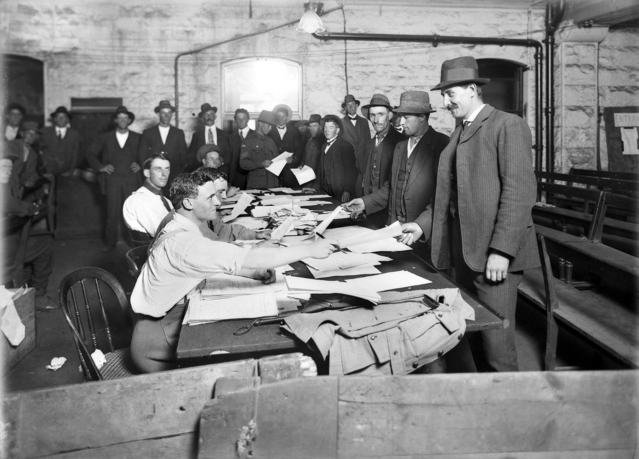
To make matters worse, a breakout of Spanish flu that may have originated at the Western Front quickly spread into a global pandemic as the world’s troops sailed home. The Spanish flu ultimately claimed between 50 million and 100 million lives globally – as many as five times more than the Great War. And as we’ve learned firsthand in recent years, the intensive quarantine procedures put into place only months after Australia’s troops returned home only further exacerbated tensions.
Well aware that things would only get worse unless something changed, the Australian government kicked off a series of campaigns aimed at equipping able-bodied veterans to support themselves. This was perhaps best exemplified by the Soldier Settlement Scheme, which saw some 40,000 Aussie vets given small parcels of land at subsidized cost as long as they promised to farm the land, build a fence around it, and make their homes within it.
But, well-intentioned as this idea may have been, it came with problems of its own. Many of these vets lacked a basic understanding of agriculture or the skills needed to farm. Many of the small plots of land awarded to these men had poor soil quality or were too small for a truly viable farming business, while many of the veteran-turned-farmers lacked the capital they needed to buy tools. Further, fluctuations in the rapidly changing post-war agricultural market meant that even some successful farmers quickly ran out of money simply because they’d chosen the wrong crop to grow.
And things would only get worse from there.
Australia’s veterans face a new foe: Living dinosaurs
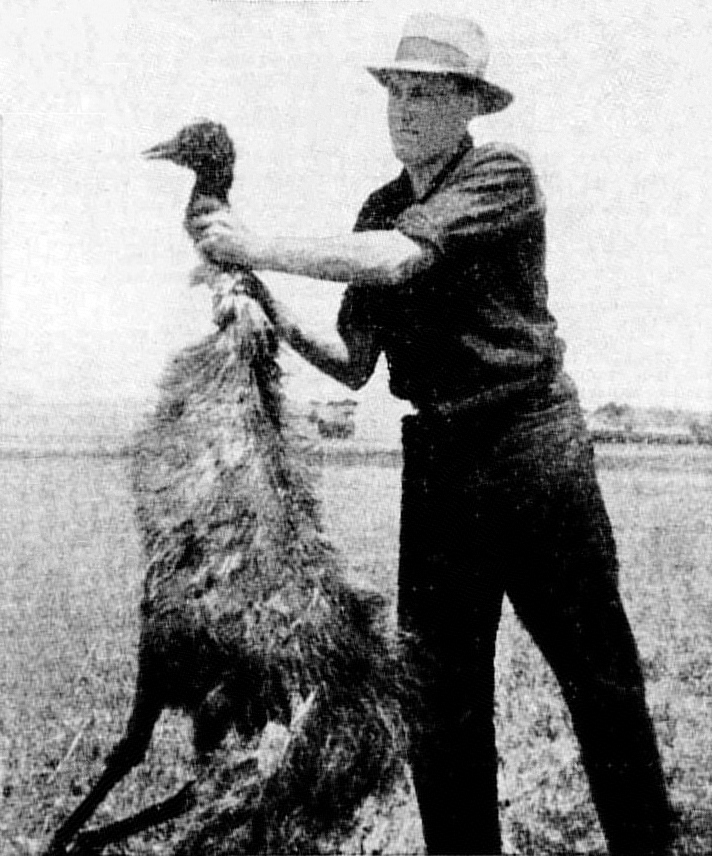
By 1920, the Australian government had purchased some 90,000 hectares (roughly 222,395 acres) of land to be distributed to veterans, but with the Soldier Settlement Scheme in full swing, the government still needed more. Before long, they started settling veterans in the difficult terrain of Perth in Western Australia, which only made the challenges associated with starting these farmsteads from scratch even worse. The poor quality soil made growing anything exceedingly difficult, and just as many farmers were starting to get their proverbial feet under them, the Great Depression kicked off in 1929, wreaking havoc on the agricultural markets these families relied on to survive.
But while the challenges of economics can sometimes seem ethereal, the new farmers of Western Australia were soon facing a very different kind of problem… The kind that can stand over six feet tall, weigh in at more than 120 pounds, and run faster than 30 miles per hour, with three massive claws on each foot meant for eviscerating foes.
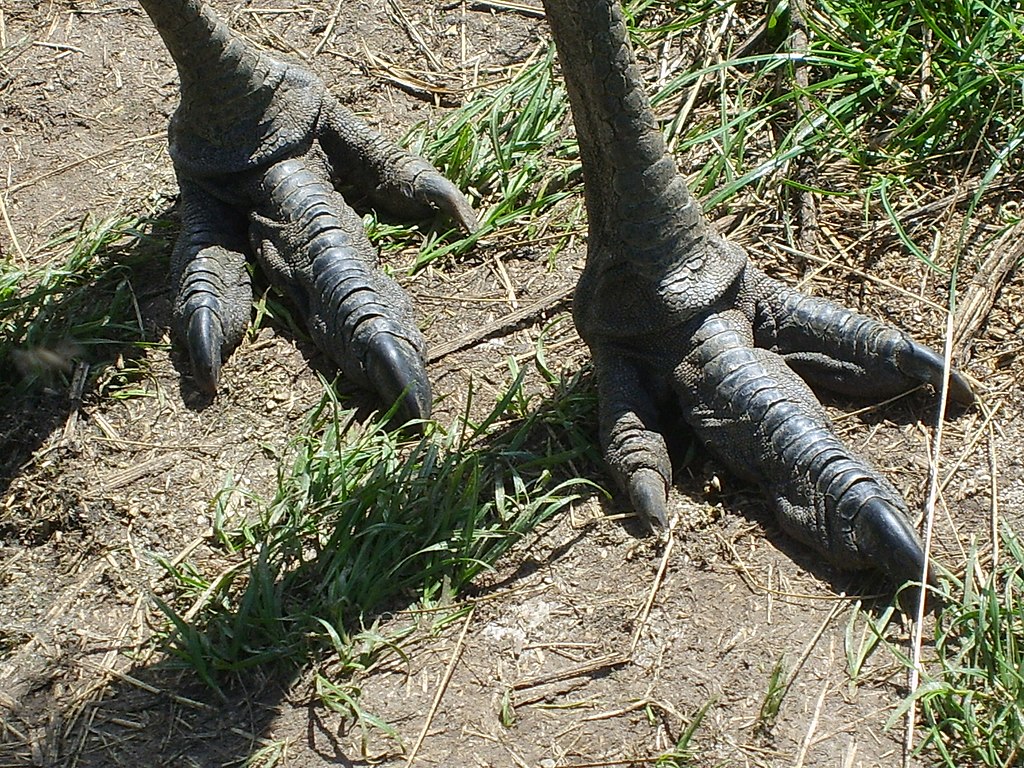
Thousands of Emus soon descended on these farms, attempting to reclaim the territories that had once been theirs alone. Of course, these Aussie homesteaders may not have had much experience farming, but they definitely knew how to fight – and as these giant birds continued to lay waste to their crops, the farmers fought back.
In a chorus of precision gunfire let loose by trained riflemen turned farmers, thousands of emus fell over the span of years. Bounties were placed on the dino-bird’s beaks, adding further incentive to Australia’s trained marksmen… But there were just too many of them. Before long, ammunition was getting sparse, leaving the farmers with no really viable means of engaging the emu onslaught, which by 1932, saw the flightless bird population swell to over 20,000.
And that is when the Australian Army was called in to help. But… the deployed force was likely not quite what you’d imagine.
You see, the decade that followed the close of the Great War has come to be known as the “Years of Decay” among Australian military historians, as the nation’s Defense budget was slashed to the point that commanders struggled to maintain any truly credible level of operational capability. Throughout the 1920s, Australia maintained what many call a “cadre force,” just 25 percent the size of its wartime posture with many of those who remained forced to work long hours for low pay and little chance at promotion.
But with Australian veterans struggling to quell the swollen emu population near Perth, Australia’s Defence Minister, Sir George Pearce, saw the opportunity for the struggling Aussie military to garner some much-needed PR.
The Great Emu War of 1932 (wasn’t actually that great)
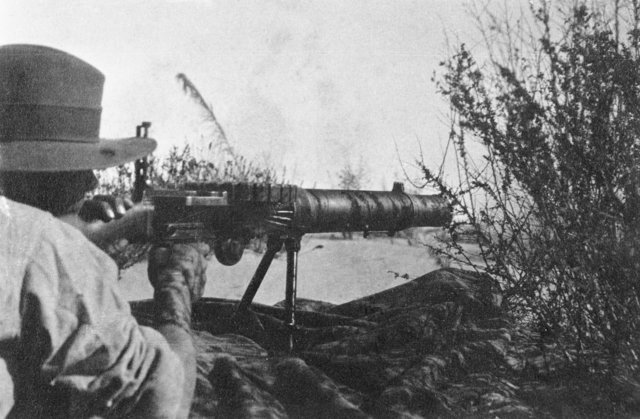
When you hear “the Great Emu War,” you might be inclined to believe that Australia sent a massive force to Perth in an effort to beat back the invading bird hordes… But in reality, it was three guys: Major Gwynydd Purves Wynne-Aubrey Meredith of the Seventh Heavy Battery of the Royal Australian Artillery and two machine-gun-toting troops, Sergeant S. McMurray and Gunner J. O’Halloran.
Meredith’s emu hunters arrived on the scene on November 2, 1932, in what was less a large-scale military operation and more what Australian historian Dr. Murray Johnson would later describe as a propaganda exercise. Armed with just two Lewis guns – light machine guns chambered in .303 – and 10,000 rounds of ammunition, the Army detachment set off with the goal of quickly gunning down large numbers of emus as they gathered in herds, and thus, lightening the load for the local farmers.
The first skirmish saw the gunners approach a group of 50 or so birds milling about from behind. They set up their weapons and commenced firing, assuming the birds would be so utterly surprised by the onslaught that they could make short work of the whole pack… But instead, the emus panicked, dispersing wildly in all directions and shifting the engagement from an easy enough spray-and-pray sort of event into trying to rapidly engage dozens of targets, each running at roughly 30 miles per hour in different directions.
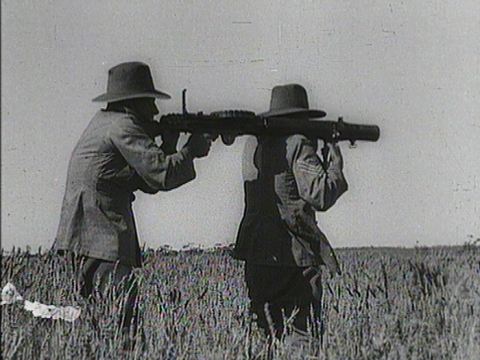
The results weren’t quite what Meredith had hoped, but the Australian Army is no stranger to adjusting fire as needed. Two days later, the group had identified a massive pack of more than 1,000 emus gathered together in a loose mob. They silently crept up on the pack, closing to within point-blank range with one of the Lewis guns. All at once, the gunner opened fire, almost instantly dropping 10 to 12 large birds… Only for the weapon to jam as the mass of feathers and meat flew into a chaotic retreat.
And it was at about this time that the Australian media got wind of this emu offensive, dubbing it a “War on the Emu” in newspapers around the country in much the same way today’s media would look for an entertaining and engaging angle, regardless of the actual scope of the operation.
Journalists didn’t stop there, they even went on to not only anthropomorphize the giant birds as though they were a crafty and cunning adversary, but they even went so far as to attribute the idea of a military-like command structure within bird groups.
“The emus have proved that they are not so stupid as they are usually considered to be,” one newspaper reported. “Each mob has its leader, always an enormous black-plumed bird standing fully six-feet high, who keeps watch while his fellows busy themselves with the wheat. At the first suspicious sign, he gives the signal, and dozens of heads stretch up out of the crop. A few birds will take fright, starting a headlong stampede for the scrub, the leader always remaining until his followers have reached safety.”
The ‘Great Emu War’ narrative was born out of contemporary reporting
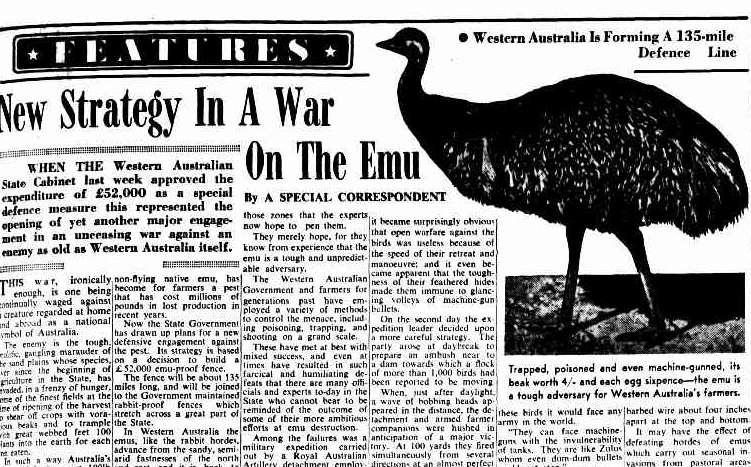
As the media hyperbole machine went wild with tales from the front lines of the Great Emu War, Meredith and his men experimented with other means of engaging the flightless birds. At one point, they tried to shoot the birds from moving trucks, but found that it was too difficult to aim the Lewis guns on the move, and instead, they simply ran one emu over, which got tangled the truck’s suspension, causing it to veer off the road and damage a fence.
By November 8, six days after the first engagement of the (Not So) Great Emu War, Meredith reported that they had expended roughly 2,500 rounds from their Lewis guns – about 25 percent of all the ammunition allotted to the effort. With a firing rate of 550 rounds per minute, that was the equivalent of about four and a half minutes worth of sustained fire from one weapon, spread out over the span of a week… not much of a war at all.
But the media firestorm was not letting up, and it was already seeping into politics. One Labor politician from New South Wales was quoted as asking if “a medal was to be struck for those taking part in this war,” only for another politician in Western Australia to publicly respond that any medals should rightly go to the emus who “have won every round so far.”
After a month of action, Meredith reported that his team was downing about 100 emus a week – a much slower pace than expected as the onset of the operation, but steady progress none the less. However, he also reported that his team was expending an average of 10 rounds for every downed bird, and for some reason, that was perceived as a significant problem. A Lewis gun, after all, sends that many rounds downrange per second. But, based on the way the media in Australia reported on this revelation, you’d think the emus were downright bulletproof.

Even 20 years later, Australian news outlets like The Sun Herald were still recounting this fact as though it was proof of the giant bird’s invulnerability to gunfire.
“If we had a military division with the bullet-carrying capacity of these birds it would face any army in the world… They can face machine guns with the invulnerability of tanks. They are like Zulus whom even dum-dum bullets could not stop.”
The quote was attributed to Meredith by The Sun Herald, but has been attributed to others in other sources, so its veracity could certainly be in question.
Of course, expending an average of ten rounds per emu did not mean the birds were bulletproof, and as is the case any time you use automatic weapons to hit moving targets, many of those rounds never hit a bird at all.
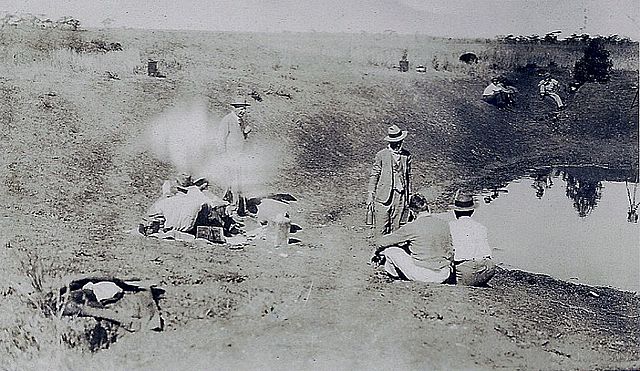
And that was the end of the Australian military’s offensive in the Great Emu War of 1932. What was meant to be little more than a PR exercise spiraled into a national scandal that would go on to become a global joke, and the veteran farmers were still left dealing with thousands of emus wreaking havoc on their farms. This is where pop culture tales of the Great Emu War tend to end.
But the Australian government decided to do what the veterans had asked in the first place, and began providing them with ammunition to handle the emu pests themselves… And that’s exactly what they did.
Starting in 1934, Australia’s veteran farmers dusted off their rifle skills and went to work wiping out more than 57,000 flightless birds from their land in just under six months and winning a significant victory that went largely unreported.
The conflict, however, continued for years. When the emu population would surge, the farmers would request more support, though they were often denied. These spurts of emu aggression continued until 1955, when a fence was built to prevent the birds from migrating through the region.
In 1999, one could argue that the conflict truly came to a permanent end, when the Australian government signed the Environment Protection and Biodiversity Conservation Act into law, which among other things, made Australia’s wild emus a formally protected species.
And while the internet might have you believe the Aussies lost, you’ll be hard-pressed to find any conflict in history where the alleged losers had to pass laws to protect the victors from incurring any further losses.
Read more from Sandboxx News
- These are the absolutely worst military small arms of the modern era
- That time I ran into my drill instructor – on my first date with my wife
- A primer on Air Force special operations jobs for officers
- How the Korean War gave birth to the CIA’s first paramilitary unit
- This is why the Colt M1903 was the pistol of choice of the OSS
Related Posts
Sandboxx News Merch
-

‘AirPower’ Classic Hoodie
$46.00 – $48.00Price range: $46.00 through $48.00 Select options This product has multiple variants. The options may be chosen on the product page -

‘Kinetic Diplomacy’ Bumper Sticker (Black)
$8.00 Add to cart -

‘Sandboxx News’ Trucker Cap
$27.00 Select options This product has multiple variants. The options may be chosen on the product page

Alex Hollings
Alex Hollings is a writer, dad, and Marine veteran.
Related to: Military History, Pop Culture
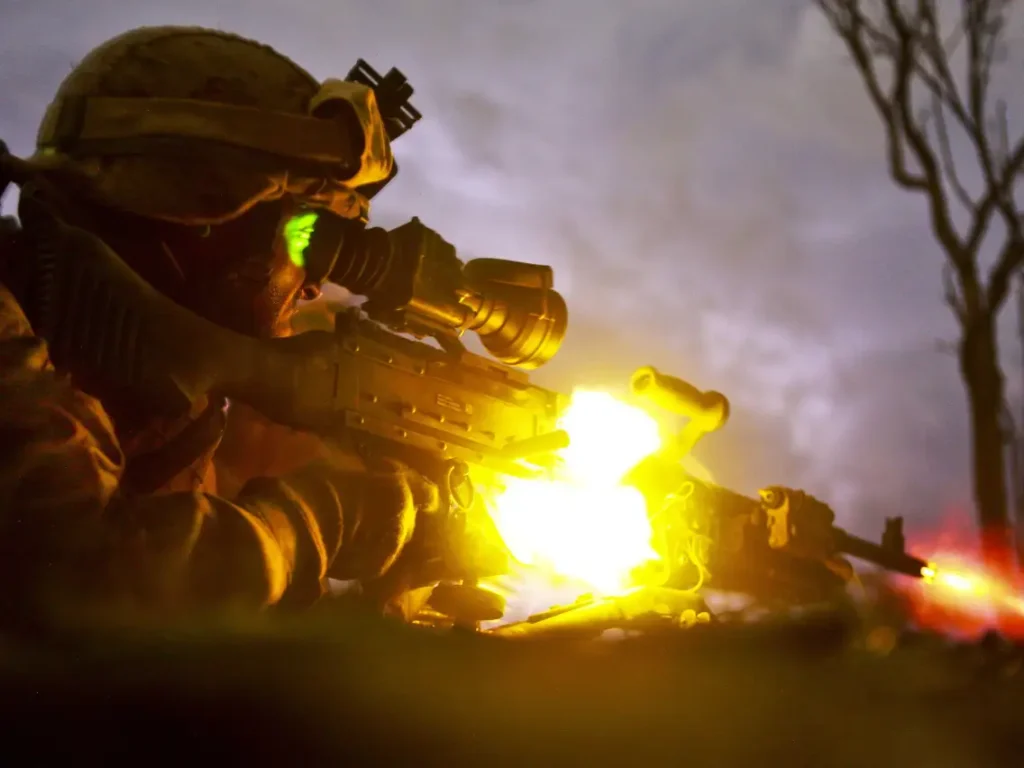
How US Special Forces took on Wagner Group mercenaries in an intense 4-hour battle
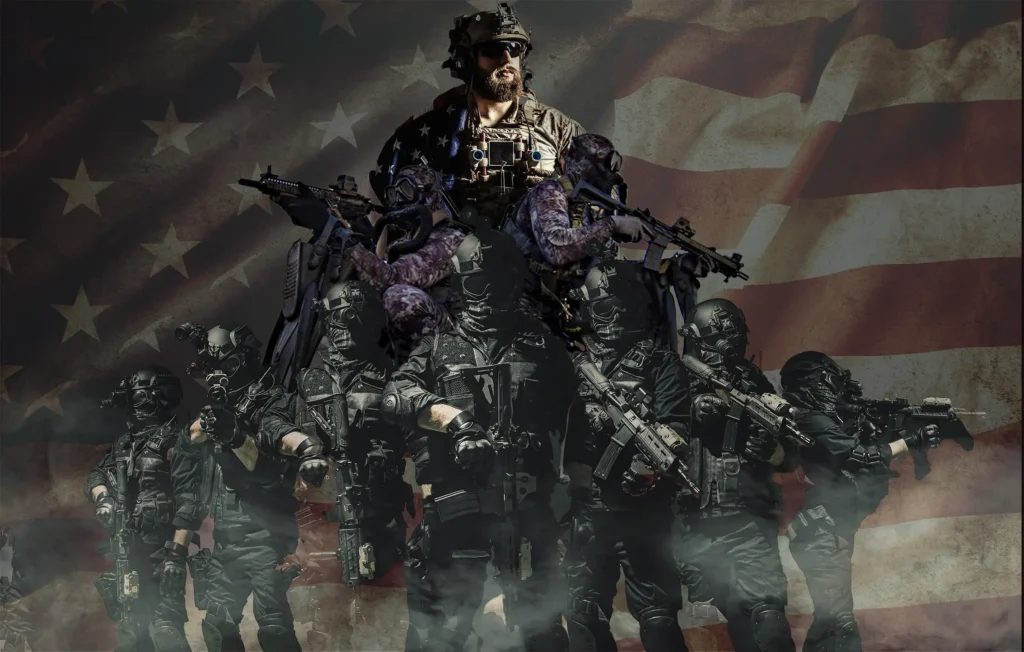
The social hierarchy of US special operations units
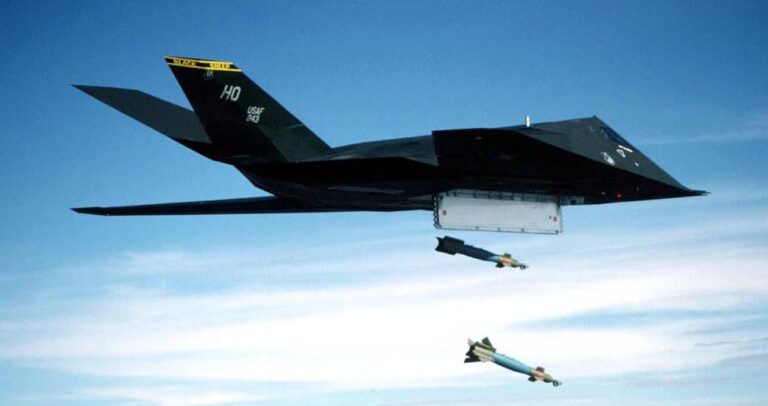
It took more than stealth to make the F-117 Nighthawk a combat legend
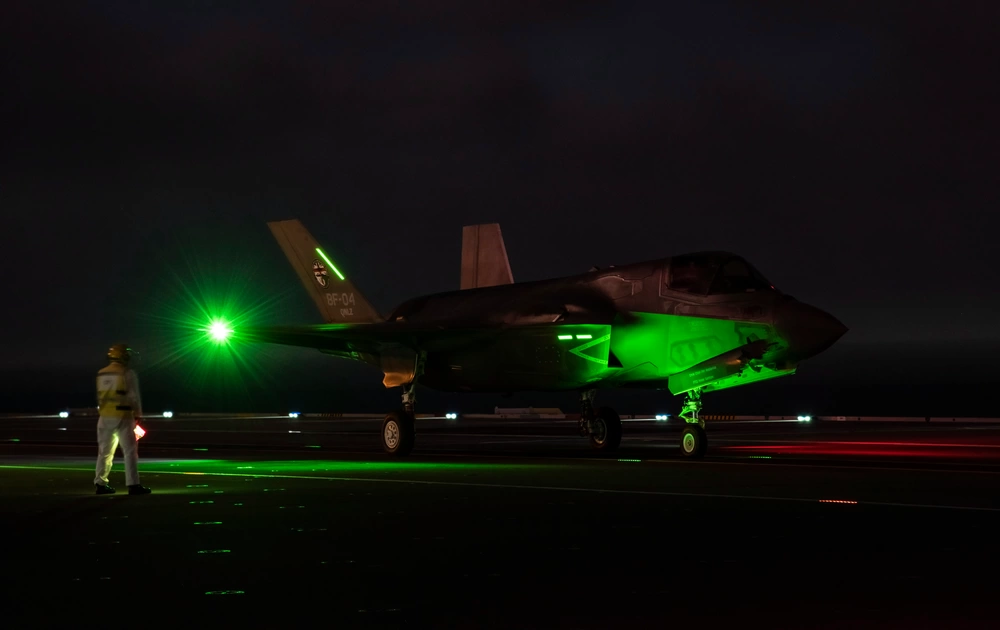
New material from North Carolina State University could revolutionize stealth aircraft (and even warship) design
Sandboxx News
-

‘Sandboxx News’ Trucker Cap
$27.00 Select options This product has multiple variants. The options may be chosen on the product page -

‘AirPower’ Classic Hoodie
$46.00 – $48.00Price range: $46.00 through $48.00 Select options This product has multiple variants. The options may be chosen on the product page -

‘AirPower’ Golf Rope Hat
$31.00 Select options This product has multiple variants. The options may be chosen on the product page -

‘Sandboxx News’ Dad Hat
$27.00 Select options This product has multiple variants. The options may be chosen on the product page
